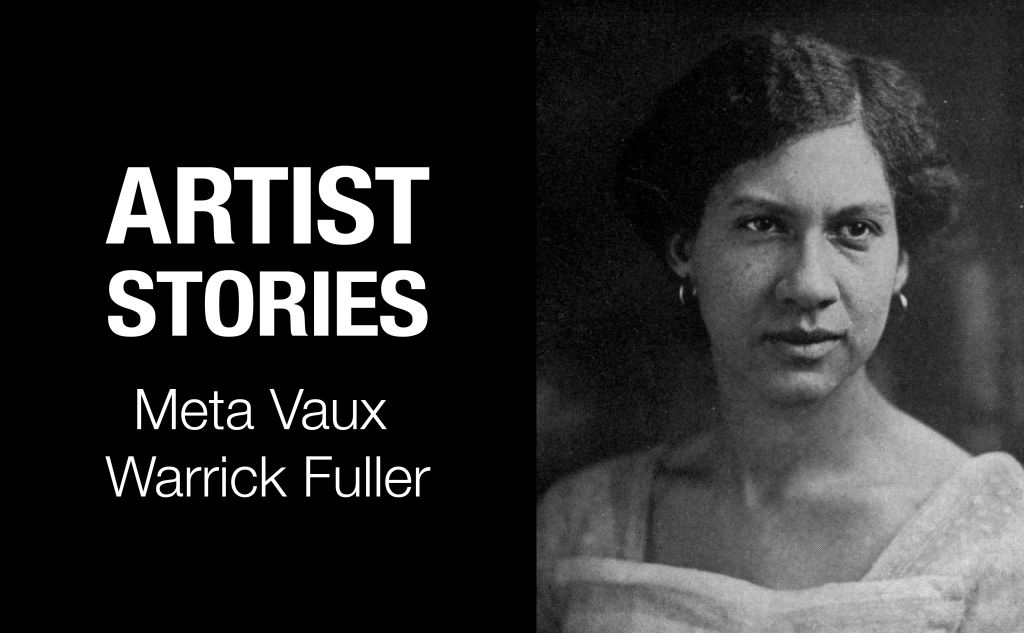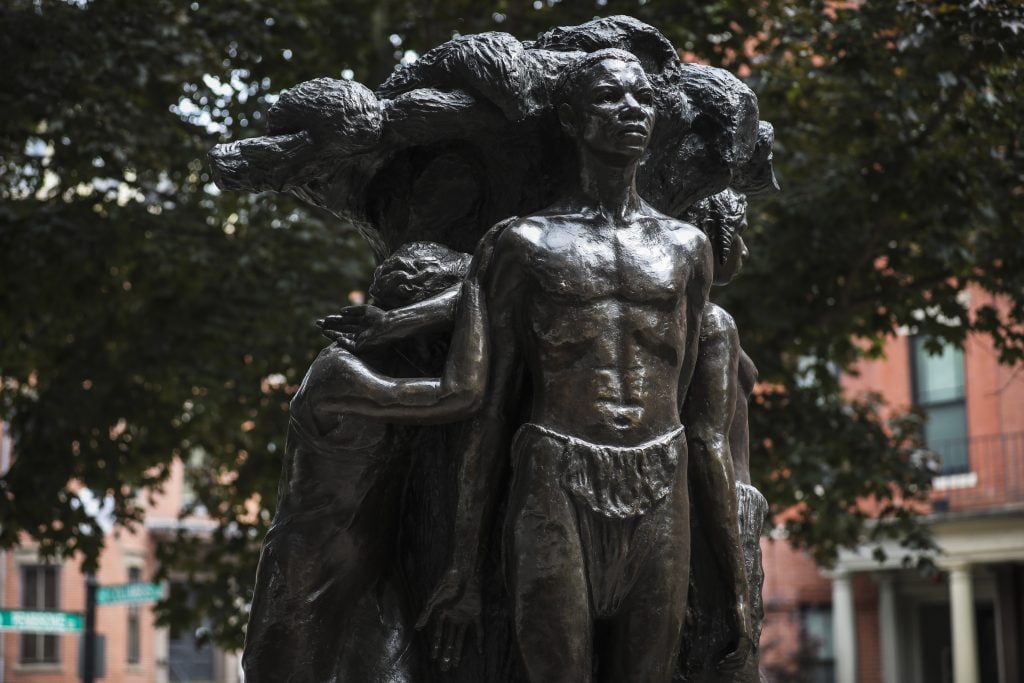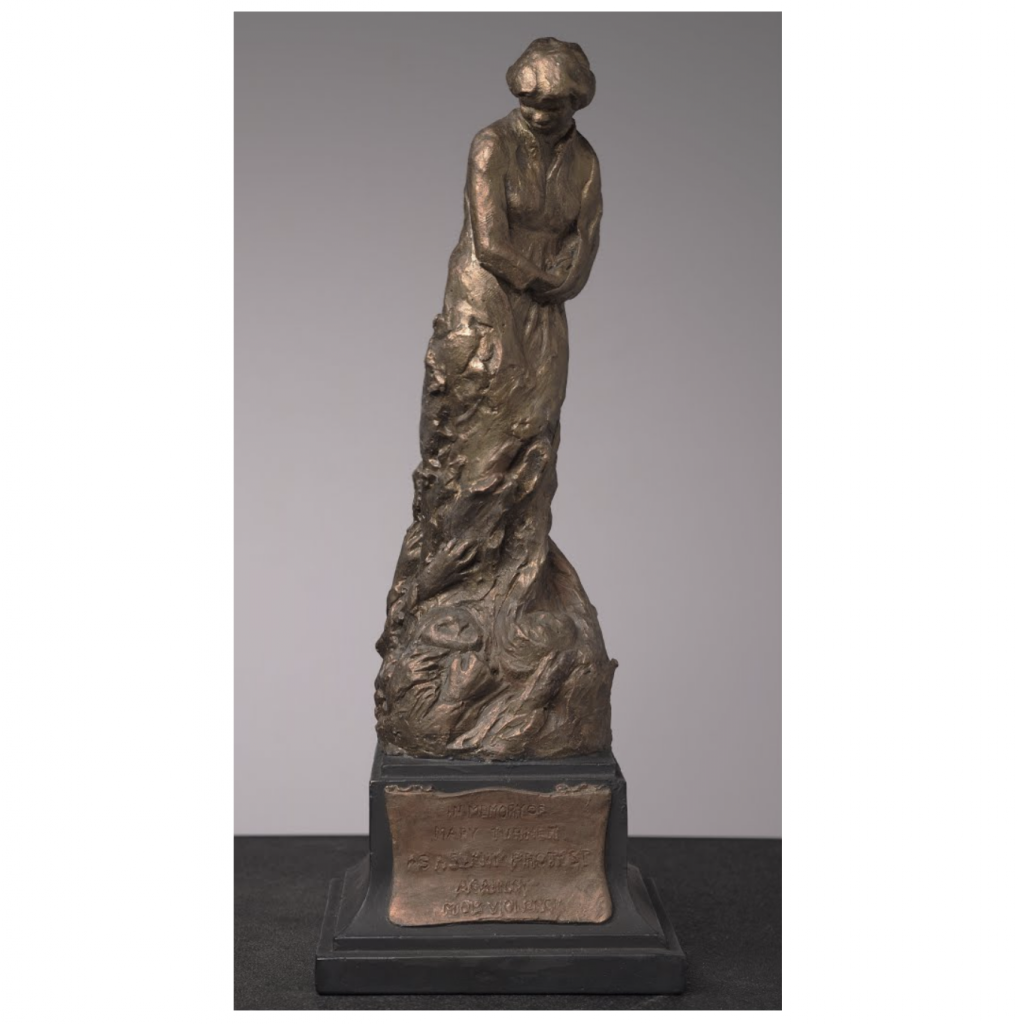Meta Vaux Warrick’s Poetic Sculptures Heralded The Arrival of The Harlem Renaissance. Here’s Why You Should Know Her Name


Katie Rothstein

Artist Stories brings to light the careers of artists whose life stories and work may not be part of a traditional art history education. In this series, we’re sharing stories from art history as a first step to building a more diverse canon.
Sculptor Meta Vaux Warrick Fuller was, by all accounts, a woman far ahead of her time. She found renown as an artist at the turn of the 20th century, during a time when the arts were still not entirely hospitable to women and when women artists were often relegated to working only in textiles. Moreover, she chose to explore difficult themes in her work, rejecting the traditional narratives expected of women artists of the time.
Those break-throughs were a feat on their own but compounded by the fact that Fuller was a Black woman. She navigated both gender norms and the racism of her culture to rise to the top of her profession and became the first Black woman to receive a commission from the U.S. government.

Meta Vaux Warrick Fuller’s sculpture Emancipation at Harriet Tubman Square in Boston. It was originally created in plaster in 1913 to honor the 50th anniversary of the Emancipation Proclamation, but was not cast in bronze until 1999, well after Fuller’s death. Photo by Erin Clark/The Boston Globe via Getty Images.
Born Meta Vaux Warrick in Philadelphia in 1877, her parents were successful entrepreneurs influential in the African-American community. Because of their status, she was afforded opportunities to explore her passion for art at a young age. She studied at the Pennsylvania Museum and School of Industrial Art, then moved to Paris after graduation.
In Paris, Fuller came into her own as an artist. It was there that she continued to hone her craft with her mentor, family friend, and fellow African American artist Henry Ossawa Tanner, and also where she met W.E.B. Du Bois, who became a lifelong friend. Influenced heavily by the work of Auguste Rodin, she participated in gallery exhibitions while continuing to explore difficult subjects, and won critical acclaim in France for her work.

Meta Vaux Warrick Fuller, In Memory of Mary Turner: As a Silent Protest Against Mob Violence (1919). Image courtesy of Museum of African American History, Boston and Nantucket.
Upon returning to Philadelphia in 1903, Fuller was faced with racism but continued to engage even more deeply with themes surrounding the Black experience in America. According to scholar Caitlin Beach, in 1919, Warrick created one of the first works of art in history to address the subject of lynching with her work Mary Turner: A Silent Protest Against Mob Violence. Turner was a young, pregnant black woman who had been the victim of a horrific murder by a white mob after protesting the lynching of her husband, and Fuller’s tribute is a perfect example of her socially conscious work.
At the same time that Fuller grappled with Black trauma, she also depicted Black triumph in a way that made her a forerunner to the artists of the Harlem Renaissance. Her allegorical sculpture Ethiopia, commissioned at the behest of DuBois for an exposition in 1921, is a graceful and uplifting sculpture of a Black woman emerging from a mummy wrap that nods to the cultural contributions of African Americans to the United States.

Meta Vaux Warrick Fuller, Sorrow (circa 1934). Sold at Swann Galleries for $4,800 in 2009. Image courtesy Artnet Price Database.
Fuller’s work has only come up at auction ten times since 1986, and a sale of her work has only topped $10,000 one time. Still, the auction market does not reflect her historical significance.
“Meta Fuller’s powerful sculptures belong centrally in surveys and specialized treatments of American art history and elsewhere,” wrote African American Studies scholar Paul Von Blum in 2012. Almost a decade later, her work is still not foregrounded in traditional art history education, nor is she given credit for her proto-Harlem Renaissance sensibilities, which, thanks to the amount of public exposure her work was given during her lifetime, no doubt influenced the next generation. It’s time to surface her story—and give Fuller the full credit she deserves for her pioneering depiction of the African American experience in sculpture.
Interested in learning more about the artists you love? Sign up for Artist Alerts to receive free customized email updates about all your favorite artists.